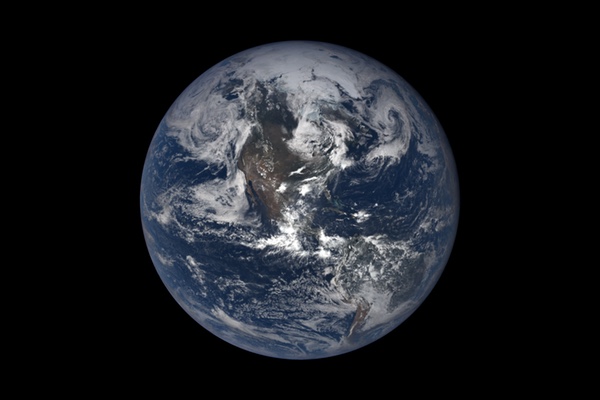Summer is coming: albedo modification and the global temperature auctionby John Hickman
|
| For the foreseeable future, of the major spacefaring powers, only the United States and China possess both the economic and political wherewithal necessary to construct a massive mirror array. |
What international climate negotiations have revealed again and again was that few national decision-makers can resist the temptation to free-ride on the efforts made by other national decision-makers. By contrast, mitigation entails smaller incentives for free-riding and offers potential political payoffs via pork barreling. If there is a silver lining in all this, it is for advocates of albedo modification, technologies to reduce global temperatures to reflect solar radiation. Research on atmospheric cooling now appears not merely intriguing as a set of scientific and engineering problems but a necessary response to an existential threat. The shift in thinking is evident in the use of terms like “last ditch” in recent news coverage of geoengineering. Among the possible albedo modification responses is the construction of a massive mirror array in space at the Earth-Sun L1 Lagrange point to block some of the sunlight reaching Earth. Of course, there are other albedo modification technologies such as marine cloud brightening. However, that and other proposed terrestrial technologies would confront international legal obstacles more daunting than those surrounding a very large space project.
Although Sandler characterizes albedo modification as a collective action problem known popularly and by game theorists as the Chicken Game, the transaction is actually better understood as an Auction. Where a Chicken Game assumes two or more symmetrically capable players, an Auction assumes three or more asymmetrically capable players: one player (seller) able to set the rules for the exchange and multiple players (possible buyers) bidding against one another competitively.
The auction environment for albedo modification includes information about the prices possible buyers might be willing to pay based on the estimated cost of global temperatures. Although rarely mentioned in the typically high-minded rhetoric surrounding climate policy, preferences for global temperatures vary across, and sometimes even within, countries. National decision-makers in countries with largely arctic to cold temperate climates, like Russia and Canada, rationally prefer warmer temperatures while those like Brazil, Mexico, Nigeria, India, and Indonesia with subtropical and tropical climates rationally prefer cooler temperatures. National decision-makers in the United States, China, and Japan, which have climates that range from the arctic or cold temperate to near tropical or tropical, are likely to prefer the temperature status quo.
For the foreseeable future, of the major spacefaring powers, only the United States and China possess both the economic and political wherewithal necessary to construct a massive mirror array. Russia cannot afford the cost and the post-Brexit European Union lacks the requisite political will. That either the United States or China could construct this very large space project in a manner that allows for a range of global temperatures, possibly moving the global thermostat up or down by changing the amount of light blocked in response to monetary payments, contributions of construction components, or diplomatic concessions on other issues from other countries is what makes it an Auction. Although all of the possible buyers could free-ride on the albedo modification at the temperature status quo preferred by the United States and China, they might be willing to pay for the privilege of marginally warmer or cooler temperatures. Russia might bid space launch services in return for turning the global thermostat higher while Saudi Arabia might bid cash contributions in return for turning it lower. Japan and Australia might be tempted to bid against Russia and Saudi Arabia to maintain the temperature status quo.
| Although all of the possible buyers could free-ride on the albedo modification at the temperature status quo preferred by the United States and China, they might be willing to pay for the privilege of marginally warmer or cooler temperatures. |
The country least likely to bid payment would be the other spacefaring power capable of constructing the massive mirror array, not because the temperature status quo would be valueless but because the United States and China are strong rivals for global power. Possession of a massive mirror array capable of controlling global temperatures would be a power resource comparable to the United States providing the dollar as the planet’s primary reserve currency with the Bretton Woods Agreement in 1944. Today, roughly two-thirds of the value of all reserve currency is in dollars. The status of the dollar as primary reserve currency obviously does not make the United States all powerful economically, but it does facilitate absorbing large trade deficits.
Efforts to escape from the dollar as a primary reserve currency have to date been ineffective. Abandoning the dollar as a reserve currency carries obvious economic risks because of the relative absence of alternatives. Similarly, other countries could undertake their own independent albedo modification projects such as marine cloud brightening, perhaps in an attempt to further lower global temperatures. Unfortunately for the upstart country, doing so would be both redundant and easily foiled by the country controlling the massive mirror array.
We are years away from the crisis moment when alarm at the negative effects of climate change convince national decision-makers that “something” must be done, and done quickly. It is in that period that investments in research and development made earlier will prove decisive.
